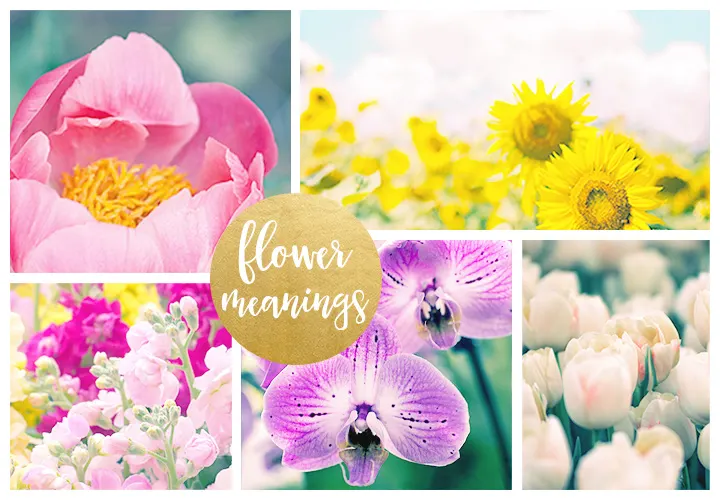April 04, 2023
Flower Meanings and Symbolism
It seems like common knowledge that roses symbolize love, but have you ever wondered where flower meanings come from? Using flowers symbolically dates back to before the nineteenth century, but it wasn’t until the nineteenth century that floriography became formalized. In 1809, Joseph Hammer-Purgstall published Dictionnaire du language des fleurs, the first published list on the language of flowers.
Though floriography was popularized in Europe, it was inspired by women of the Ottoman Empire who used flowers to convey messages that they could not say aloud. In fact, Greek and Armenian women helped Hammer-Purgstall understand the language of flowers and translate traditional Turkish sayings into French. Flower symbolism became even more elaborate in 1819 when Louise Cortambert wrote Le langage des Fleurs, a dictionary on the language of flowers.
The rise of flower symbolism during this time makes sense, as it was the height of the Romantic era where nature was seen as beauty, and people were heavily influenced by their emotions. Floriography allowed for a tangible exchange of these emotions.
Did you know that rose meanings include more than just love and romance? Or that the daisy symbolizes innocence and purity? In this series, we’re going to explore what some of the most popular flowers mean, the history behind them, and how they have been used in art and literature.
Click a flower image below to learn more about its meaning and symbolism.
ASTER
WISDOM, DEVOTION
BIRD OF PARADISE
JOY, PARADISE
CALLA LILY
PURITY, PASSION
CHRYSANTHEMUM
LOYALTY, LOVE
DAFFODIL
REBIRTH
DAISY
INNOCENCE, PURITY
FREESIA
PASSION, JOY
GLADIOLUS
STRENGTH, INTEGRITY
HEATHER
ADMIRATION, LUCK
HYDRANGEA
EMOTION, UNDERSTANDING
IRIS
ROYALTY, FAITH
LILAC
TRANQUILITY, PASSION
ORCHID
ADMIRATION, INNOCENCE
PEONY
ROMANCE, PROSPERITY
ROSE
LOVE, PASSION
STOCK
BEAUTY, HAPPINESS
SUNFLOWER
ADORATION, LOYALTY
TULIP
LOVE, CONFIDENCE

